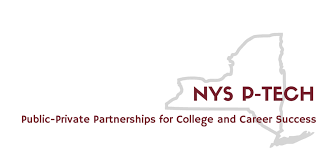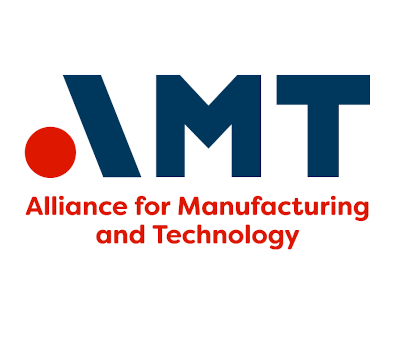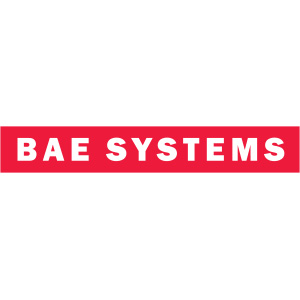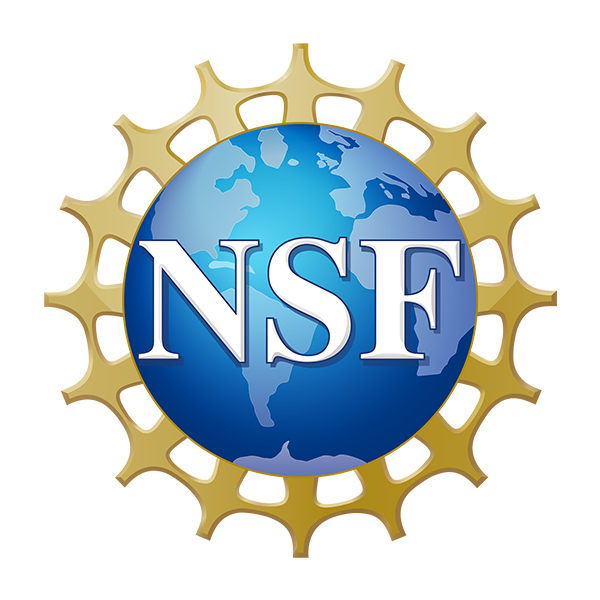


Connecting premier research institutions with emerging and established companies for groundbreaking R&D and technology innovation to drive the energy storage industry.
New Energy New York synergizes two unprecedented federal initiatives, with the NSF Engines: Upstate New York Energy Storage Engine catalyzing innovations to be scaled, commercialized, and deployed by the Hub for Battery Technology designated by the U.S. Department of Commerce.
With a constellation of premier research universities, workforce development organizations, technology development infrastructure, and industry leaders, the region is ready to lead U.S. battery industry innovation.
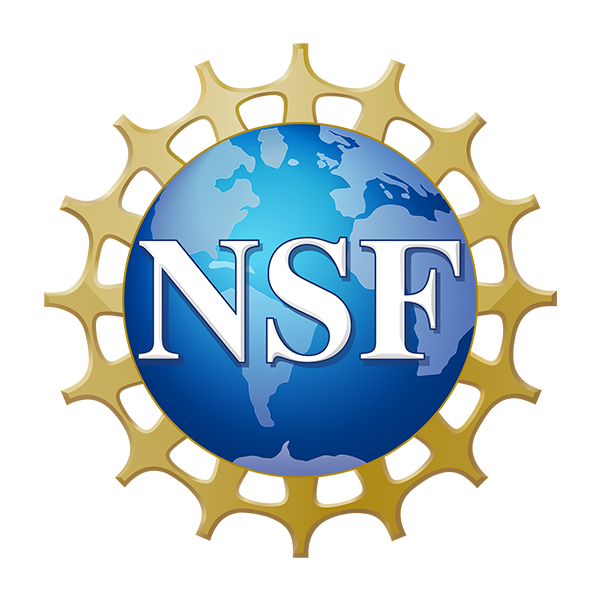
NSF Engines: Upstate New York Energy Storage Engine

30+
Strategic
Partners
27
Upstate New York
Counties
$115M
Leveraged Investments
Battery and energy storage technologies are pivotal for U.S. national security, climate goals, and economic resilience. As one of 10 inaugural awardees of the U.S. National Science Foundation's Regional Innovation Engine, the NSF Engines: Upstate New York Energy Storage Engine will support this critical industry at the national level, while driving robust regional impacts.
Core partners
Pillars
Research and development
To support the future competitiveness of the U.S. battery industry the NSF Engines: Upstate New York Energy Storage Engine will work to catalyze industry-informed material, process, and system innovation by:
- Fostering a culture of innovation and use-inspired research
- Forging strategic academia-industry collaborations
- Supporting and funding cutting-edge battery and energy storage research
Technology Translation
With a growing portfolio of innovations, the Engine will support their transition from lab to market by:
- Facilitating prototyping, piloting, de-risking, and scaling of new technologies through a testbed and infrastructure network
- Providing a full suite of state-specific startup incubation programs along the entire lab-to-market pathway
- Deploying startup R&D and business development funding
Workforce Development
To supply the growing workforce of today and train the workforce of tomorrow to support the battery industry, the Engine will:
- Develop industry-informed training programs
- Deploy programs at all levels, from K-12 to post-graduate, delivering skilled technicians, engineers, and entrepreneurs
- Expand inclusion, participation, and accessibility of training programs
Research and development
To support the future competitiveness of the U.S. battery industry the NSF Engines: Upstate New York Energy Storage Engine will work to catalyze industry-informed material, process, and system innovation by:
- Fostering a culture of innovation and use-inspired research
- Forging strategic academia-industry collaborations
- Supporting and funding cutting-edge battery and energy storage research
Technology Translation
With a growing portfolio of innovations, the NSF Engines: Upstate New York Energy Storage Engine will support their transition from lab to market by:
- Facilitating prototyping, piloting, de-risking, and scaling of new technologies through a testbed and infrastructure network
- Providing a full suite of state-specific startup incubation programs along the entire lab-to-market pathway
- Deploying startup R&D and business development funding
Workforce Development
To supply the growing workforce of today and train the workforce of tomorrow to support the battery industry, the NSF Engines: Upstate New York Energy Storage Engine will:
- Develop industry-informed training programs
- Deploy programs at all levels, from K-12 to post-graduate, delivering skilled technicians, engineers, and entrepreneurs
- Expand inclusion, participation, and accessibility of training programs
Partner Commitments
PARTNER NETWORK
To learn more or connect with us, email info@newenergynewyork.com
Sign up for Updates
Get the latest news and updates from the
NSF Engines: Upstate New York Energy Storage Engine
This material is based upon work supported by the U.S. National Science Foundation (NSF) under Grant Number 2315695. Any opinions, findings and conclusions or recommendations expressed in this material do not necessarily reflect the views of the U.S. National Science Foundation.



















